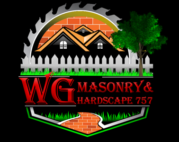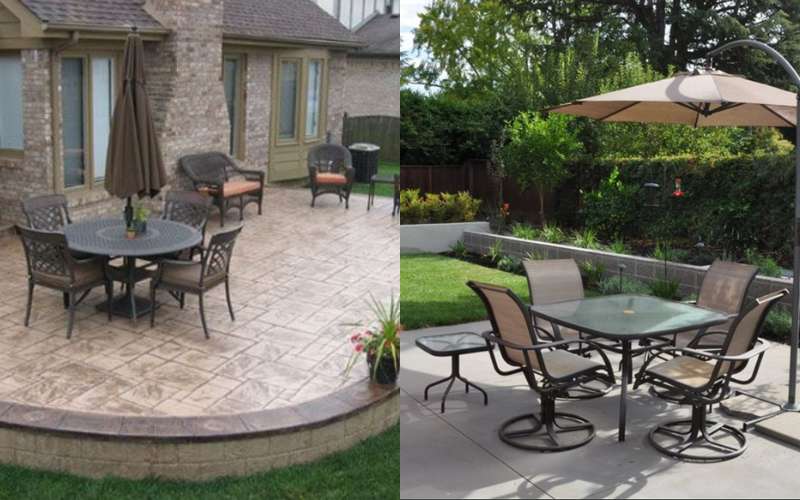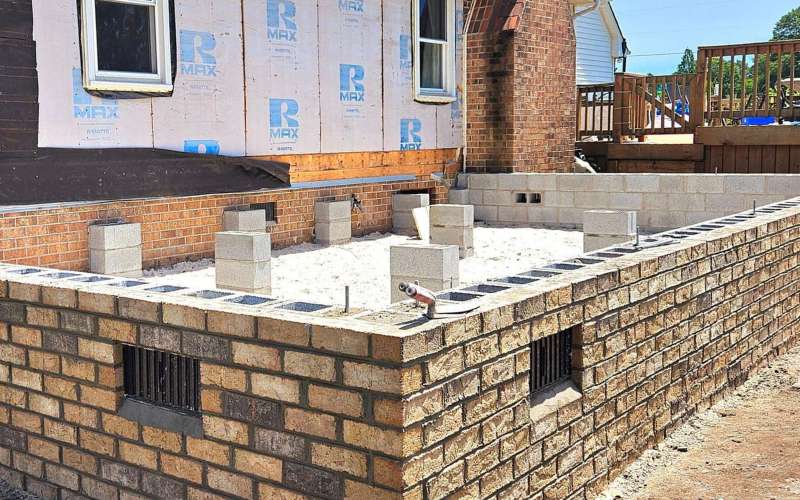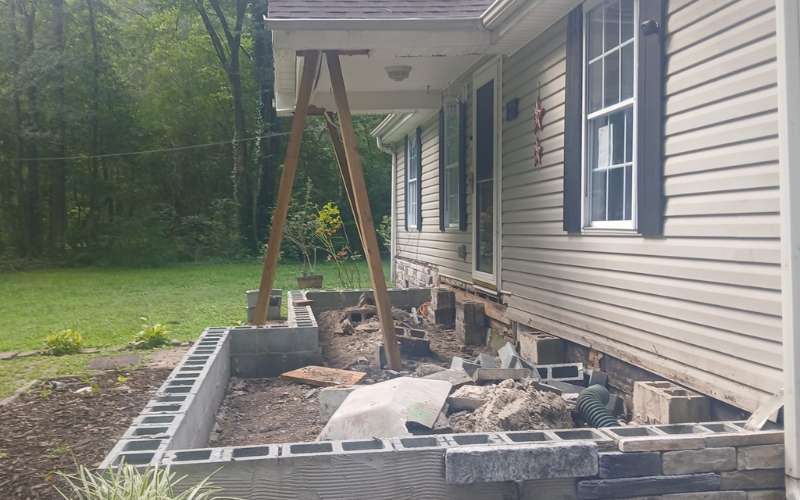Are you deciding between stamped concrete and traditional concrete for your patio? This choice can transform your outdoor space. Homeowners often struggle with picking a durable, cost-effective, and visually appealing option. In this blog, we’ll explore “Stamped Concrete vs. Traditional Concrete: Which Is Better for Your Patio?” to help you make the best decision.
Comparing Stamped and Traditional Concrete: The Best Choice for Your Patio
What Is Stamped Concrete?
Stamped concrete is a decorative option where patterns, textures, or colors are applied to mimic stone, brick, or wood. This technique offers endless design possibilities for homeowners who want a stylish and unique patio. It’s an affordable way to achieve a high-end look without breaking the bank. Plus, it adds value to your home.
What Is Traditional Concrete?
Traditional concrete is the plain, gray surface most people recognize. It’s often used for patios due to its durability and low maintenance. While it lacks the aesthetic appeal of stamped concrete, it’s cost-effective and perfect for those prioritizing function over form. For homeowners with tight budgets, this is a practical choice.
Cost Comparison
- Stamped Concrete: While more expensive upfront, stamped concrete offers a designer look. Expect to pay $10-$20 per square foot.
- Traditional Concrete: This costs significantly less, ranging from $6-$12 per square foot. It’s the best choice for larger spaces with tight budgets.
Although stamped concrete costs more initially, its visual appeal may outweigh the higher expense for some.
Durability and Longevity
- Stamped Concrete: With proper maintenance, stamped concrete can last 25+ years. However, it is prone to cracking and fading over time.
- Traditional Concrete: Known for its resilience, traditional concrete often lasts longer, with minimal cracking under normal conditions.
If longevity is your priority, traditional concrete wins this category.
Maintenance Requirements
- Stamped Concrete: Requires regular sealing every 2–3 years to protect its color and finish. This upkeep adds to its long-term costs.
- Traditional Concrete: Minimal maintenance is required. Simple cleaning and occasional sealing keep it in good shape.
For homeowners who prefer low-maintenance options, traditional concrete is a hassle-free solution.
Aesthetic Appeal
Stamped concrete offers diverse design possibilities that traditional concrete cannot match. From intricate patterns to vibrant colors, it can transform a plain patio into a stunning outdoor retreat. Traditional concrete, while functional, lacks the visual impact that stamped concrete provides.
Installation Time and Complexity
- Stamped Concrete: Requires skilled professionals for installation, which can take longer due to the detailed design process.
- Traditional Concrete: Easier and faster to install, reducing labor costs and downtime.
If time is a critical factor, traditional concrete may be the better choice.
Which Should You Choose?
Your decision ultimately depends on your needs, budget, and aesthetic preferences:
- Choose stamped concrete if you value design and are willing to invest in maintenance.
- Choose traditional concrete if durability and affordability are your priorities.
With this detailed comparison, you can now make an informed choice that suits your patio needs.
Make the Right Choice for Your Patio
Choosing between stamped concrete and traditional concrete for your patio doesn’t have to be overwhelming. Both options have unique advantages to suit your needs and budget. If you’re ready to transform your outdoor space, contact us today for expert guidance and a free quote. Let’s bring your patio vision to life!



